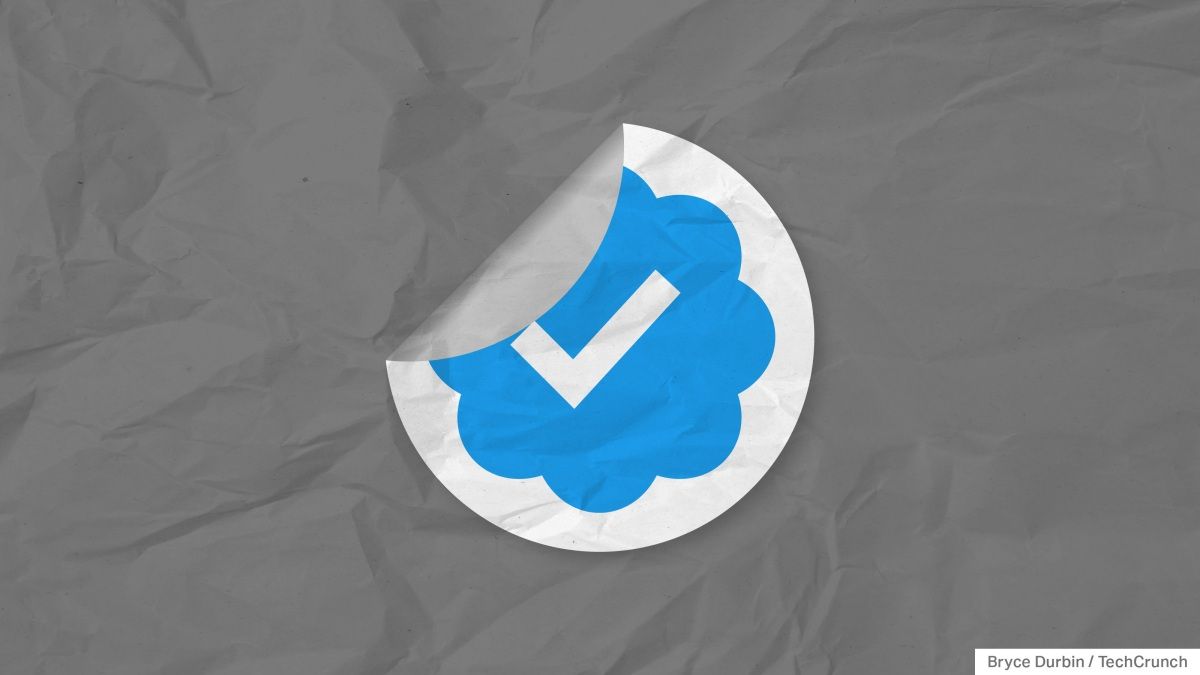International travel surges while domestic airfares, hotel rates lag
In this article MAR
LUV
JBLU
ULCC Follow your favorite stocks CREATE FREE ACCOUNT
Women pose for a photo while holding an ice cream at Trevi fountain during hot weather as a heat wave hits Europe in Rome, Italy, July 19, 2022. Guglielmo Mangiapane | Reuters
The competition for travel dollars is heating up, and the U.S. is losing out. Airlines and hotel chains in recent weeks have reported a surge in bookings for international trips — along with rising prices. That's a boon to companies with global offerings, but a new challenge for airlines, theme parks and hotels that are more focused within the U.S. as travelers increasingly opt for locations abroad at the expense of domestic destinations. International airfare is averaging $962, up 10% from last year and 26% from 2019, according to fare-tracking company Hopper. Domestic airfare, meanwhile, is falling. Roundtrips within the U.S. are down 11% from last year and 12% from 2019 at an average price of $249. The shift is being felt at hotels too: Room rates for Europe hotels averaged $148.88 in the first half of the year, up nearly 14% from last year, while U.S. hotel rates rose just 6% from the same period a year earlier to $154.45, according to data from CoStar, the parent company of hotel-industry analysis firm STR. Nightly rates at luxury hotels in Paris, for example, rose more than 22% in the first half of the year from a year earlier, while luxury hotel rates in Orlando, Florida, rose just 0.2%, CoStar data show. Marriott International on Tuesday said second-quarter revenue per available room rose 6% year over year in the U.S. and Canada. The growth in international markets was more than 39%. Nightly rates for Marriott luxury properties, like JW Marriott, The Ritz-Carlton and Edition in the U.S. and Canada ticked 1% down year over year.
Zoom In Icon Arrows pointing outwards
Marriott finance chief Kathleen Oberg said the trend started more than a year ago, and noted that customers now have more options for places to go. "That's clear that when you look at the travel patterns this year that there is a big exodus of Americans going over to Europe and other places in the world," she said on the company's second-quarter earnings call on Tuesday. Jesse Inman is one of those travelers opting for trips abroad. The 29-year-old, who left a software sales job earlier this year to build a farm with his father in North Carolina, is in the middle of a weekslong trip to Israel, the U.K., Austria and France.
Inman said he spent $1,839 on his two flights between the U.S. and Europe. He said he would have expected that kind of trip to cost a third of that total based on what he used to pay before the pandemic. "The fact that I'm spending a month in Europe is going to stop me from taking some domestic trips in the near future," Inman said. Some trips he had been considering — but could forgo — include visiting friends in Atlanta, the Denver area, and Austin and San Antonio in Texas. He also said he might cut back on skiing this winter. Investors are starting to hear from amusement park operators on the outlook for their businesses. Cedar Fair on Thursday reported a decline in attendance for the second quarter but an increase in profit. Six Flags Entertainment reports next week. Last week, Comcast said theme park revenue rose 22% from a year ago to more than $2.2 billion in the most recent quarter, though it registered a slowdown at its Universal parks in Orlando. The company blamed that on tougher comparisons. "In Orlando, it really compares very well to pre-pandemic. We're obviously down on attendance, which was kind of unprecedented [...] coming off of Covid," Comcast President Michael Cavanagh said on an earnings call last week. "So not surprised by that softening. That said, we're at levels of attendance and per caps being better so that overall, we feel good about what we're seeing in Orlando."
Home turf disadvantage
Source: CNBC


